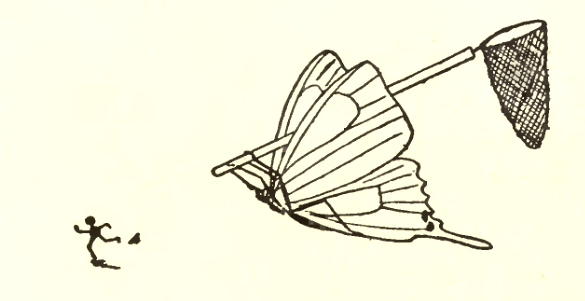What Caught Our Attention: Sadly, it’s not uncommon for researchers to mistake the identity of what they’re working with — but not everyone comes clean and works to transparently correct the record. So it’s nice to see some authors among a group based in the US and India take the initiative to retract their paper after realizing they had based some of their conclusions on the wrong species of aphid.
Journal: PLOS One
Authors: Deepak K. Sinha, Predeesh Chandran, Alicia E. Timm, Lina Aguirre-Rojas, C. Michael Smith
Affiliations: Kansas State University, USA; International Centre for Genetic Engineering and Biotechnology, India
We retract this article due to scientific errors identified after publication.
After this article was published, the authors determined that one of the aphid species analyzed in this study was misidentified: the samples referenced as Diuraphis noxia U.S. biotype 2 were instead Schizaphis graminum biotype I. After obtaining unexpected results in a subsequent PCR experiment using the samples studied in the PLOS ONE article, the authors conducted sequencing experiments to verify their identity. Specifically, they PCR amplified and then sequenced a region of the mitochondrial cytochrome c oxidase I (COI), which is commonly used in taxonomic identification of the aphid species studied in the PLOS ONE article, in fresh DNA samples of three additional aphid species (Sitobion avenae, Rhopalosiphum padi, Melanaphis sacchari), and in archived and fresh DNA of D. noxia from Hungary, Spain, and North America (biotypes 1, 2, 4, 6, and 8). The sequencing results confirmed that D. noxia U. S. biotype 1 samples were correctly identified, but revealed that the nine samples reported as D. noxia U. S. biotype 2 in the PLOS ONE article were nearly 100% Schizaphis graminum, as indicated by trace chromatograph files. The COI sequences from the transcriptome assembly also confirmed that the samples previously labeled D. noxia biotype 2 were S. graminum (99–100% identity).
In light of this error, which affects key conclusions of the study, the corresponding author and PLOS ONE Editors retract this article. The authors will publish an updated study with correct species information. Co-authors DKS, LAR, and CMS agree to the retraction, and co-authors PC and AET did not respond to our notification.
Date of Article: 1/27/2016
Times Cited, according to Clarivate Analytics’ Web of Science: 3
Date of Notice: January 18, 2018
Like Retraction Watch? You can make a tax-deductible contribution to support our growth, follow us on Twitter, like us on Facebook, add us to your RSS reader, sign up on our homepage for an email every time there’s a new post, or subscribe to our daily digest. If you find a retraction that’s not in our database, you can let us know here. For comments or feedback, email us at [email protected].
 Title:
Title:
Seems odd that 2 of the coauthors did not respond to the lead authors’ request for consent to the retraction. Did they fall off the earth that rapidly?
I usually include students as co-authors on papers, but sometimes they indeed just disappear. Perhaps that happened here, too.